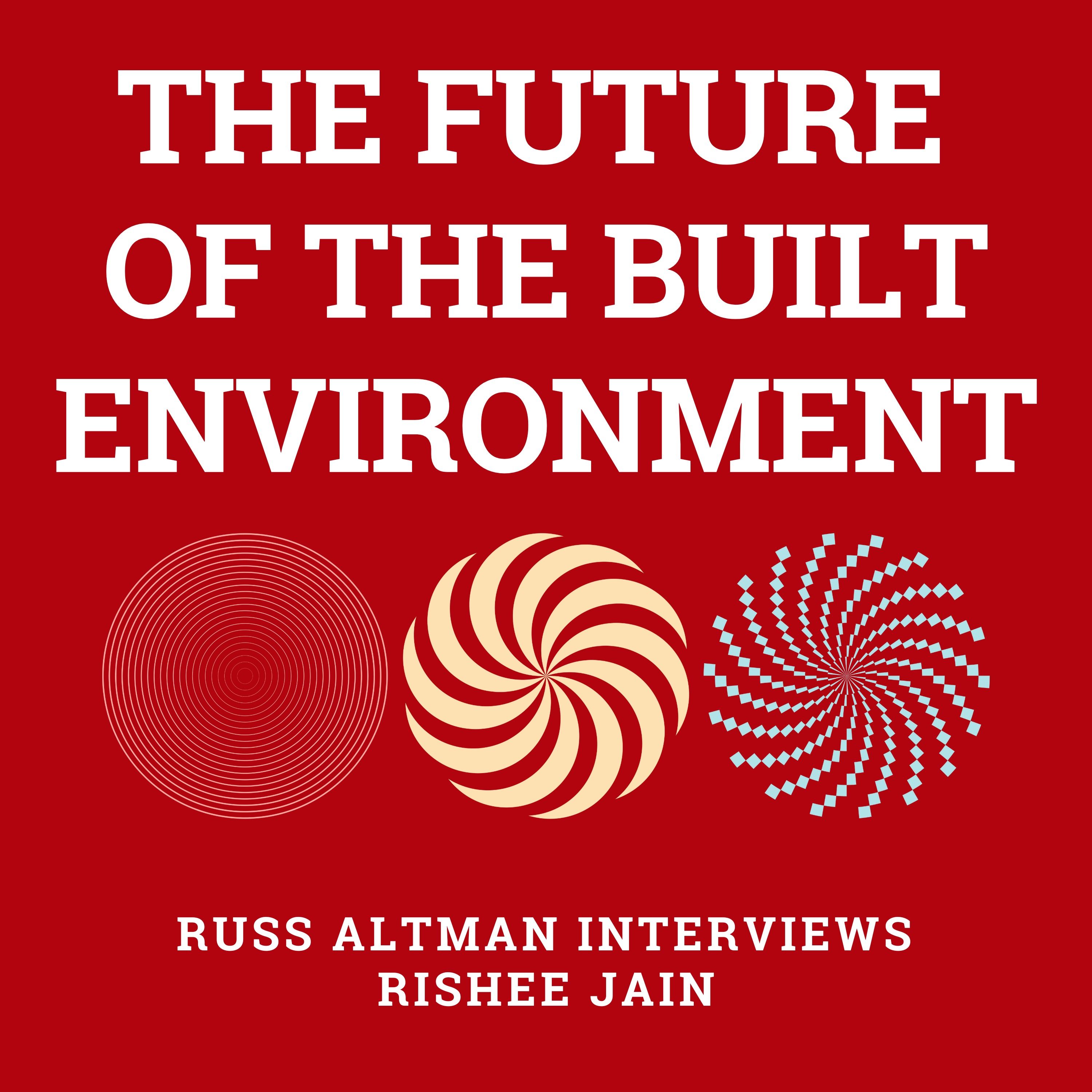Podcast Episode Details
Back to Podcast Episodes
The future of the built environment
Rishee Jain is an engineer and an expert in the built environment – the manmade structures of modern life. The future, Jain says, will be a place where everyone has a safe, comfortable place to live and work, and the built environment adapts in real time to our needs. Jain is now exploring cool roofs that reflect heat to lower indoor temperatures and improve occupants’ well-being. We once believed that humans bent infrastructure to our needs, but now we understand how infrastructure changes us, too, Jain tells host Russ Altman on this episode of Stanford Engineering’sThe Future of Everything podcast.
Have a question for Russ? Send it our way in writing or via voice memo, and it might be featured on an upcoming episode. Please introduce yourself, let us know where you're listening from, and share your question. You can send questions to thefutureofeverything@stanford.edu.
Episode Reference Links:
- Stanford Profile: Rishee Jain
Connect With Us:
- Episode Transcripts >>> The Future of Everything Website
- Connect with Russ >>> Threads / Bluesky / Mastodon
- Connect with School of Engineering >>> Twitter/X / Instagram / LinkedIn / Facebook
Chapters:
(00:00:00) Introduction
Russ Altman introduces guest Rishee Jain, a professor of civil and environmental engineering at Stanford University.
(00:03:50) Focus on Built Urban Environments
Rishee Jain shares how early hands-on projects inspired his career.
(00:04:51) The Social Dimension
Why infrastructure must account for human behavior and social needs.
(00:07:03) How Infrastructure Shapes Us
Examples of sidewalks, bike lanes, and design choices influencing wellbeing.
(00:09:11) Defining Urban Form
Defining urban form as design across buildings, neighborhoods, and cities.
(00:10:58) Decision-Makers at Every Level
How policymakers, communities, and building owners shape design.
(00:13:38) Dynamic Infrastructure
The shift from static infrastructure to adaptable, responsive systems.
(00:15:19) Levers of Change
Using thermal and lighting design as key factors for wellbeing.
(00:19:36) Climate & Extreme Heat
The impact of extreme heat on building design and vulnerable communities.
(00:23:25) Measuring Impact
Studies using wearables to track the benefits of infrastructure interventions.
(00:24:25) Community Feedback
The optimistic research results on infrastructure interventions.
(00:26:18) Retrofitting Old Buildings
Challenges in adapting existing infrastructure with minimal disruption.
(00:31:12) Future in a Minute
Rapid-fire Q&A: hope, infrastructure, research needs, and lessons from history.
(00:33:01) Conclusion
Connect With Us:
Episode Transcripts >>> Published on 1 month, 1 week ago